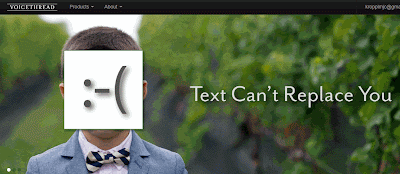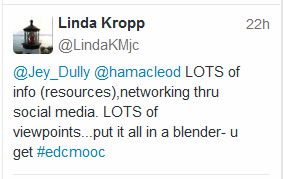“There is…an absolute difference between the human and the inhuman: only the former has the capacity for rational thought. Reason belongs solely to the human and, as such, serves to unite the human race. ‘We’ may have different types of bodies, but because reason is a property of the mind (which, for Descartes, is distinguishable from the body), deep down ‘we’ are all the same.” (Badmington 4)
As we (humans) continue to evolve,
as technology moves from healing to enhancing, we will be pressed with the task
of deciding what future we want for the creatures of the Earth. One possibility is expressed in the video True Skin.
In this short film, man has “progressed” to a point where the norm is physical enhancements. If a person is “entirely organic,” they are considered a lesser quality. The poor and indigent are those who cannot afford enhancements. This is demonstrated by the sign which reads, “SERIOUSLY --NOT HIRING NATURALS” In this video, the narrator has stolen a brain implant which has made him the target of an all-out manhunt. As the government agents are closing in on him, he reached for a fingerprint pad, when touched it will “backing up” his consciousness so that it can be downloaded into a future body.
This future society might appear utopian to some, but to me it is frankly dystopian. Medical science has made amazing progress in
area of prosthetics for the healing of injury and birth defects (utopian). But should these services become available to
the highest bidder, making them less or un-available to those who actually need
them (dystopian)? And what of the
concept of “backing up” your memories so that you can “download” into another
body? No thank you. When I finish my
term on this earth, I am perfectly ready to begin my journey into the next
stage of existence. Trapping a soul in an
endless loop of earthly bodies would condemn them to an eternal hell of
self-imposed “ground-hog days” without the opportunity to progress.
The face and future of posthumanism are, as N. Katherine Hayles recognises, uncertain: the prefix does not pre-fix. What matters, rather, is that thought keeps moving in the name of a beyond, in the shadow of the unknown, in the fault-lines of the ‘post-’. (Badmington 10)
It seems we have
come full circle. In a blog post of the
week 1 readings (Day 2), I quoted the Polish-American writer Isaac Bashevis Singer who declared,
'We have to believe in free will. We've got no choice.'
As human kind
moves forward into the new world which technology will make possible, only we
can decide which way we will move
forward.













